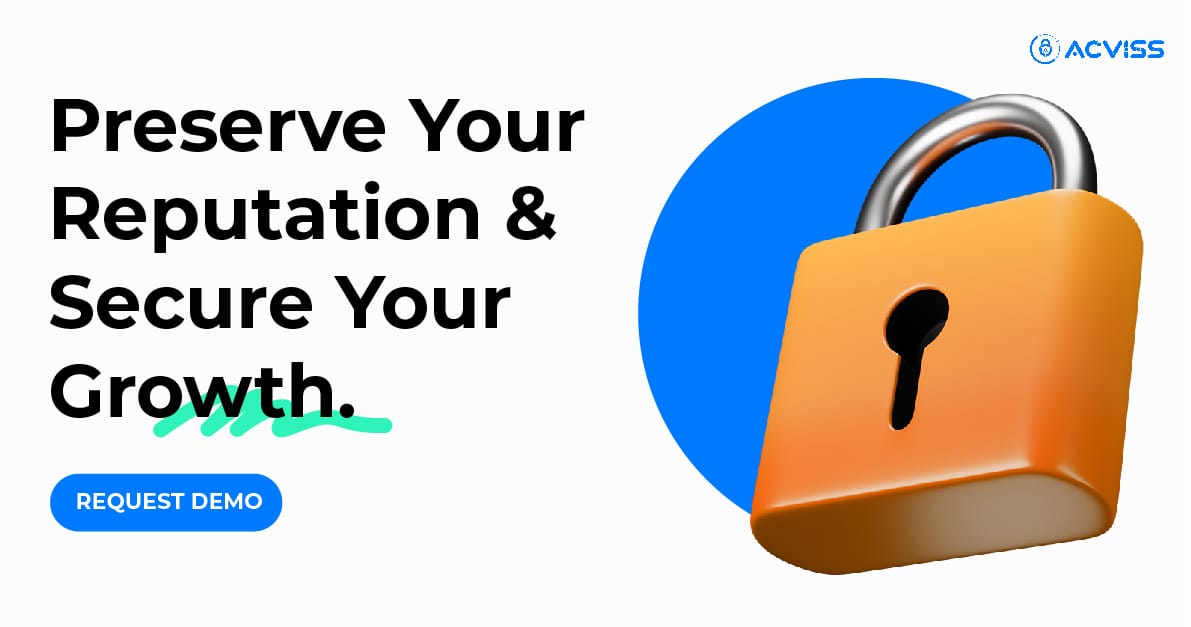The Roles of Serialisation, Batch Numbering, and Barcoding in Supply Chain Management
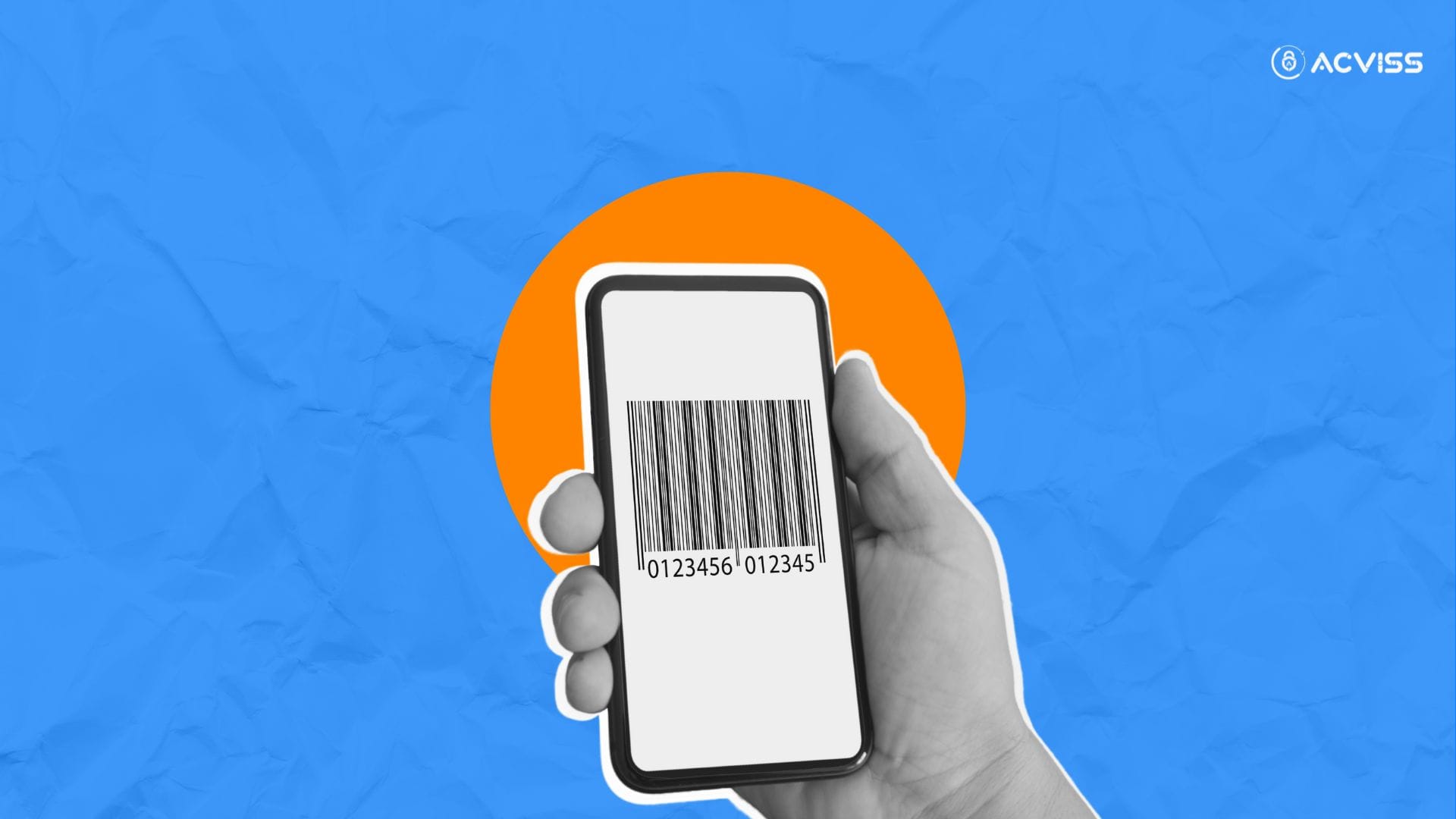
The global supply chain is in disarray, and traceability is no longer an option but a necessity. With increasing regulatory scrutiny, consumer demand for transparency, and the rise of counterfeiting, brands must implement robust tracking mechanisms to ensure product authenticity and safety. Among the most critical traceability technologies are serialisation, batch numbering, and barcoding, each playing a distinct yet interconnected role in supply chain management.
Understanding the Fundamentals of Traceability
Traceability in the supply chain refers to the ability to track a product’s journey from raw material sourcing to end-user delivery. It ensures that every product’s movement, transformation, and ownership change is digitally recorded, creating a transparent and auditable supply network.
Modern traceability solutions depend on three fundamental pillars:
- Serialisation: Assigning unique identifiers to individual products.
- Batch Numbering: Grouping products based on a common production batch.
- Barcoding: Enabling machine-readable data capture for efficient tracking.
While these systems have existed for decades, advancements in AI, blockchain, and IoT have redefined their capabilities, making them more powerful than ever in ensuring supply chain integrity.
1. Serialisation: The Foundation of Product-Level Traceability
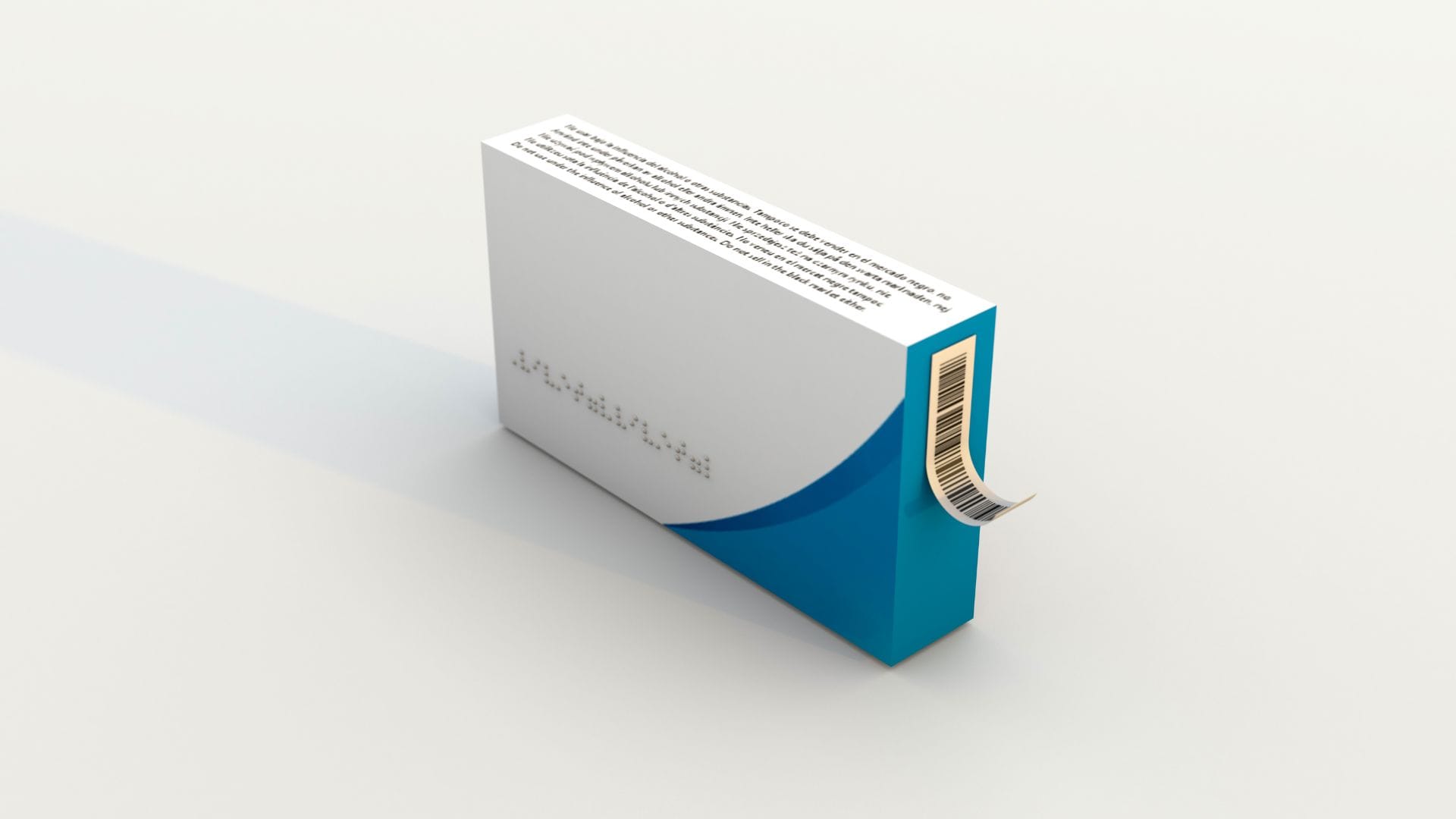
What is Serialisation?
Serialisation assigns a unique, alphanumeric code to each product unit. Unlike batch numbering, which groups multiple units, serialisation ensures that each item can be tracked individually.
How Serialisation Works in Supply Chain Management
- A Unique Product Identifier (UPI) is generated and printed on the product packaging.
- The product's journey is digitally recorded at every stage (manufacturing, distribution, retail, and consumer use).
- This unique identifier is linked to a database, allowing real-time tracking and verification.
Advanced Serialisation Techniques
Traditional serialisation relied on simple numerical codes, but modern systems integrate:
- Non-Cloneable Security Codes: Dynamic QR codes or encrypted serial numbers that cannot be duplicated.
- Blockchain-Enabled Serialisation: Storing serialised data on a decentralised ledger, ensuring tamper-proof traceability.
- AI-Powered Pattern Recognition: Detecting counterfeit patterns by analysing large sets of serialised data.
Why Serialisation is Crucial
- Regulatory Compliance: Required under DSCSA (US), FMD (EU), and other global traceability mandates.
- Anti-Counterfeiting: Ensures each product is uniquely verifiable, making it nearly impossible for counterfeiters to replicate.
- Product Recalls: Facilitates precise recall management by tracking defective units rather than recalling entire batches.
2. Batch Numbering: Enhancing Quality Control and Recall Management
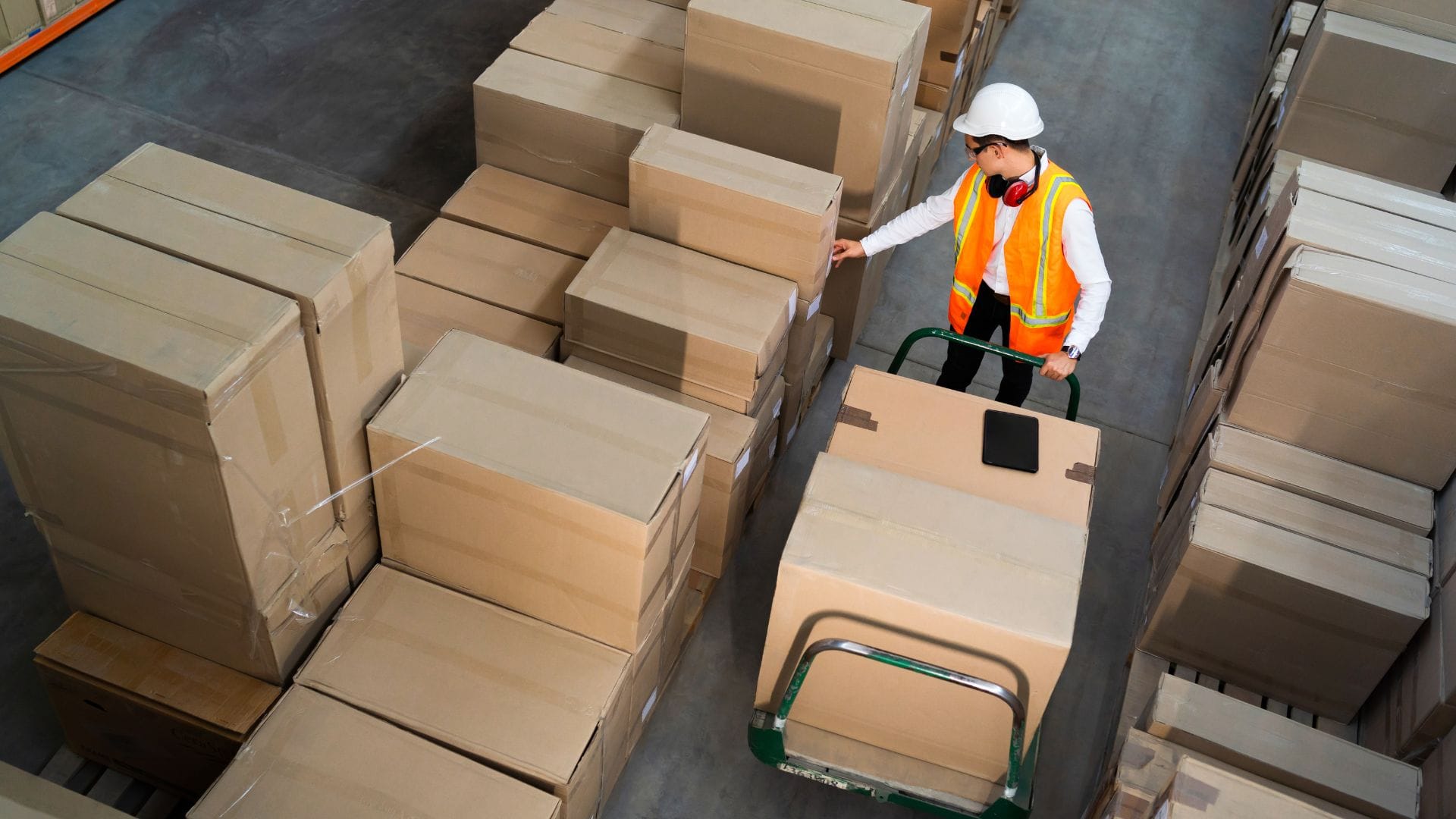
What is Batch Numbering?
Batch numbering involves assigning a common identifier to a group of products manufactured under identical conditions (same raw materials, production date, or facility).
How Batch Numbers Improve Supply Chain Management
- Root Cause Analysis: Helps manufacturers trace quality issues back to a specific batch, identifying faults in raw materials or production processes.
- Efficient Recall Management: Instead of recalling entire product lines, brands can isolate defective batches, reducing financial loss.
- Regulatory Traceability: Governments mandate batch tracking in industries like pharmaceuticals, food, and chemicals to prevent contamination risks.
Emerging Innovations in Batch Numbering
- Smart Batch Tagging: Using RFID and NFC tags that store batch history and provide real-time tracking.
- Cloud-Based Batch Tracking: Leveraging AI-powered cloud databases to detect anomalies and quality deviations.
- Automated Batch Number Assignment: AI-driven systems that dynamically adjust batch codes based on production parameters.
Case Study: Pharmaceutical Industry
In the pharmaceutical sector, batch numbering plays a vital role in detecting counterfeit drugs. With regulations like the EU Falsified Medicines Directive (FMD), every drug must be assigned both a batch number and a serialised identifier to verify authenticity and prevent fraudulent medicines from entering the market.
3. Barcoding: The Backbone of Supply Chain Automation
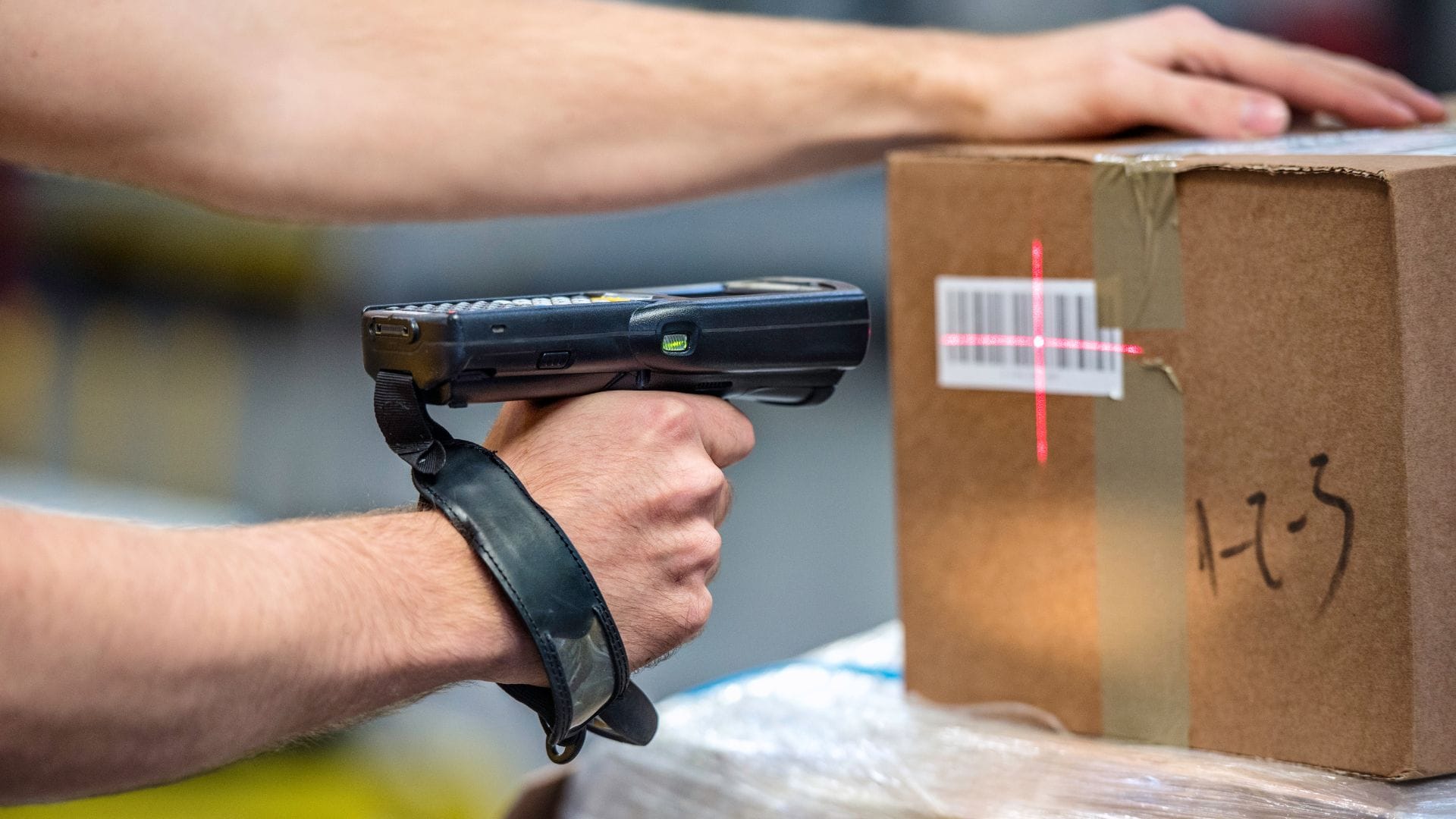
What is Barcoding?
Barcodes are machine-readable symbols encoding product data, enabling automated tracking at every supply chain stage. They exist in multiple formats, including:
- 1D Barcodes: Linear barcodes (EAN-13, UPC, Code 128) are commonly used in retail.
- 2D Barcodes: QR codes and Data Matrix codes are used for complex data encoding.
Advanced Barcoding Technologies
- RFID-Integrated Barcodes: Combining barcode scanning with RFID technology for enhanced inventory visibility.
- GS1 Digital Link: A next-generation barcode system that embeds URLs into barcodes, allowing consumers and stakeholders to access real-time product information.
- AI-Enhanced Barcode Scanning: Modern AI-driven scanning systems identify damaged or tampered barcodes, ensuring reliable data capture.
How Barcoding Optimises Supply Chain Efficiency
- Automated Inventory Management: Scanners instantly update stock levels, reducing errors from manual entry.
- Faster Warehouse Operations: Enables robotic picking systems to navigate and retrieve items with high accuracy.
- Enhanced Logistics Tracking: Real-time barcode scanning at transit points prevents shipment losses and delays.
Future of Barcoding: Moving Towards Digital Identity
Barcoding is evolving beyond physical labels into digital identity solutions. Digital barcodes linked to blockchain-based smart contracts can:
- Enable real-time product authentication.
- Track sustainability metrics, such as carbon footprint and ethical sourcing.
- Automate customs clearance and regulatory approvals.
Integrating Serialisation, Batch Numbering, and Barcoding into a Unified Traceability System
To achieve a seamless traceability framework, companies must integrate these technologies into a single digital ecosystem. This involves:
- IoT-Connected Tracking Systems: Smart sensors that log batch and serialised data in real-time.
- Blockchain-Backed Traceability Platforms: Ensuring immutable records of product movements.
- AI-Driven Anomaly Detection: Analysing serialised and batch data for counterfeit detection and supply chain inefficiencies.
- Global Standards Adoption (GS1, EPCIS): Ensuring interoperability across international supply chains.
Regulatory Compliance and Global Standards
Governments worldwide are enforcing strict traceability regulations, making serialisation, batch numbering, and barcoding mandatory for compliance. Key regulations include:
- Drug Supply Chain Security Act (DSCSA) – USA: Requires serialisation for prescription drugs and full electronic track-and-trace by 2024.
- EU Falsified Medicines Directive (FMD) – Europe: Mandates serialised barcodes and batch tracking for all pharmaceuticals.
- ISO 22005 – Food Supply Chain: Establishes traceability standards for food safety and recalls.
- Global Traceability Standards (GS1, EPCIS): Standardises barcode and serialisation protocols for cross-border trade.
The Future of Traceability
As supply chains grow increasingly complex, the need for granular, real-time traceability is greater than ever. The future lies in:
- AI-powered traceability networks that predict disruptions before they happen.
- Blockchain-driven authentication to eliminate fraud.
- Smart packaging with digital identity for real-time consumer engagement.
For brands looking to stay ahead, investing in serialisation, batch numbering, and barcoding is no longer just a compliance necessity; it’s a strategic advantage in an era where transparency is the new currency of trust.
Ready to future-proof your products? Connect with us today to integrate the most advanced anti-counterfeiting solution into your supply chain.
